Buying a compact smartphone used to mean making some big sacrifices. You either had to settle for an older model, or you had to opt for an Android handset (ugh!). That’s no longer the case, thanks to iPhone 12 mini.
iPhone 12 mini makes no compromises. It’s not a watered-down version of the larger iPhone 12; it is an iPhone 12 that’s squeezed into a smaller body. It has a gorgeous Super Retina XDR display, a blazing-fast A14 Bionic processor, great cameras, 5G and Face ID.
What’s missing? Absolutely nothing! If you want a small smartphone that has it all, iPhone 12 mini is the only option.
iPhone 12 mini review
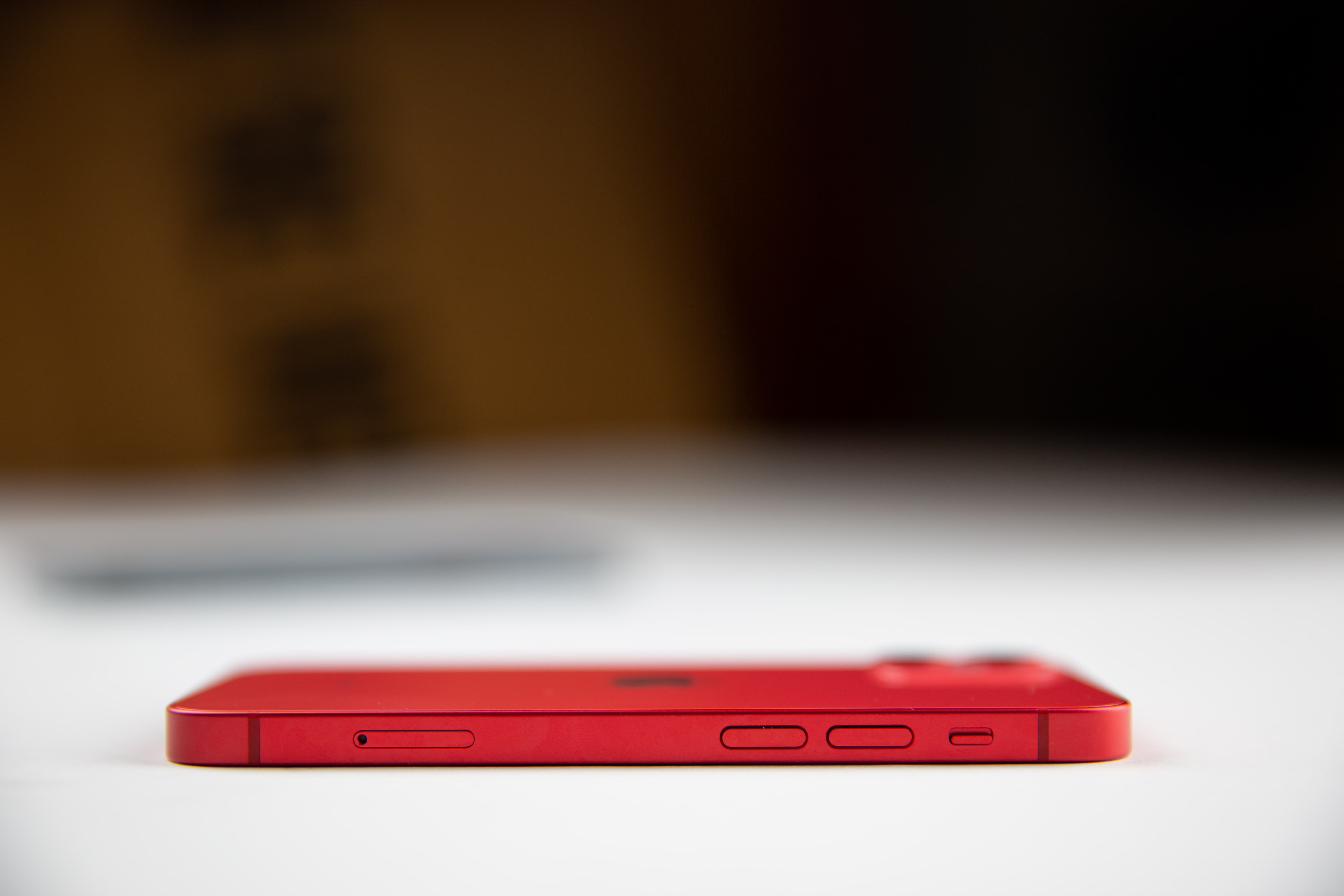
Photo: Lyle Kahney/Cult of Mac
Small in size, big in character
iPhone 12 mini is both the smallest and the biggest Apple smartphone of 2020. It’s only slightly larger than an original iPhone SE, and a lot smaller than iPhone 12, measuring just 131.5 mm high by 64.2 mm wide. And yet, for those who want a small iPhone, it’s hugely significant.
This is Apple’s first truly small phone in more than four years, and it’s absolutely delightful. It fits beautifully into my hand and slides easily into my pockets. It’s super-easy to use with just one hand — like an early iPhone — and it’s amazingly lightweight.
iPhone 12 mini looks exactly the same as its larger sibling, with shiny glass on both sides, sandwiching an aluminum frame. It’s available in the same five color options. I’ve been testing the Product(Red) version, which I think is very attractive! The red color pops but doesn’t look cheap and plasticky, as I feared it might. It’s a mature, grown-up red.
Ceramic Shield display
The mini’s display is protected by the same Ceramic Shield you’ll find on the other three iPhone 12 models. Apple says Ceramic Shield, which is new to the iPhone 12 series, provides four times better drop performance than previous displays. It is made by incorporating nano-ceramic crystals into glass to make it significantly stronger, and it’s the toughest glass you’ll find in any smartphone. CNET performed some drop tests on the mini and found it “nearly indestructible.”
Ceramic Shield doesn’t make iPhone 12 mini’s display more scratch-resistant, so you’ll probably still need a screen protector. And because it’s only found on the front of the phone, you will likely still want a case, too, to protect the glass on the back.
Stellar performance all around
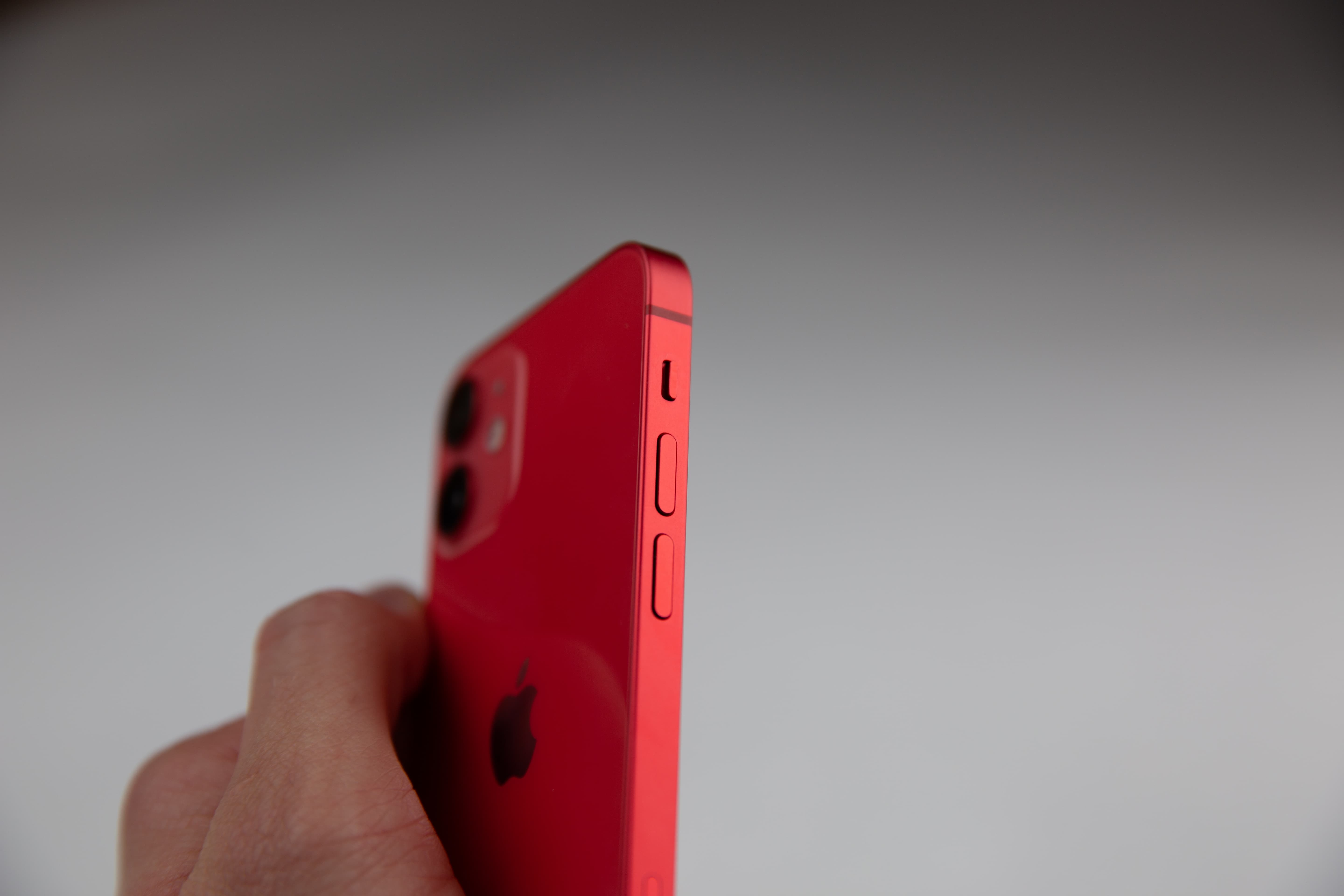
Photo: Lyle Kahney/Cult of Mac
Despite being Apple’s smallest smartphone, the mini is far from a budget product. But there are many reasons why it starts at a whopping $729 — just $100 less than iPhone 12 — and most of them can be found on the inside of the device.
It starts with the Super Retina XDR display. It’s an OLED panel, just like every other iPhone 12 display, and it’s downright gorgeous. Its colors look deep and vibrant, its blacks look totally black. It’s plenty bright enough when you need it to be, and it’s incredibly crisp.
iPhone 12 mini’s display measures 5.4 inches diagonally, and thanks to its edge-to-edge design, the screen doesn’t feel small. Having used Apple’s largest phones for the last few years, I thought the smaller screen would be awkward, but it’s not. Not at all. The smaller screen isn’t an impediment. It never feels too small.
Having said that, it might not be the iPhone to go for if you frequently use your smartphone for gaming and watching movies — bigger screens are better for those things. And it’s worth noting that the notch remains the same size, so it’s a little more obvious.
A14 Bionic chip
iPhone 12 mini is powered by the latest A14 Bionic chip, which makes it just as speedy as iPhone 12 Pro Max. It’s faster than most of us need a smartphone processor to be, making everything you do super-snappy. No matter which apps you use, or how hard you push it, it’s never slow.
Face ID remains just as good as it’s always been, and features like Apple Pay and Dual SIM support are still present. Super-speedy 5G connectivity is here, too. iPhone 12 mini is also water-resistant and compatible with MagSafe accessories, just like the other models.
I’ve been charging it with Apple’s MagSafe charger, which gets a bit toasty but charges it just fine. The only annoyance is that the charger stays attached to the phone when you pick it up, but it’s easily detached.
Uncompromising cameras
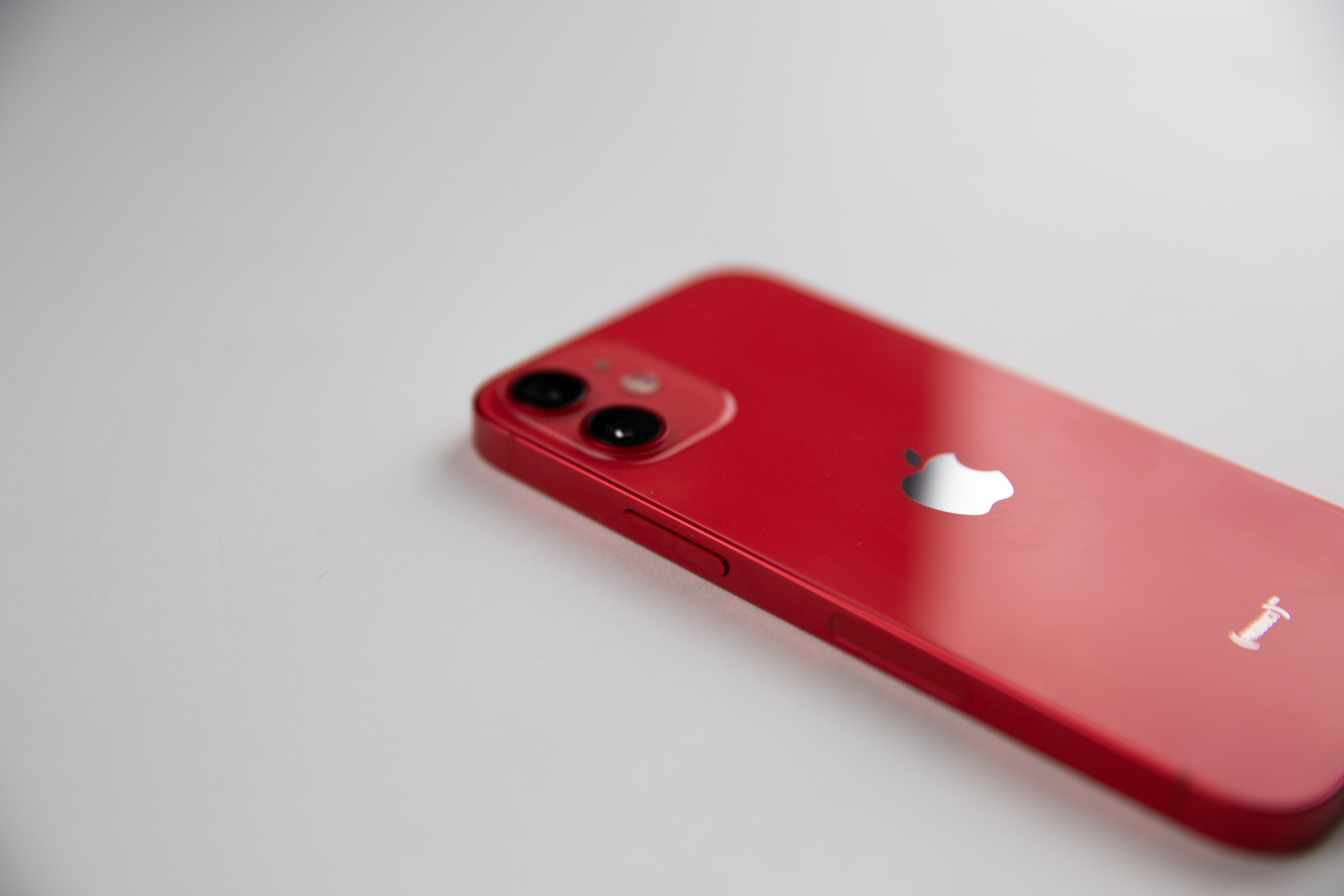
Photo: Lyle Kahney/Cult of Mac
One area where other compact smartphones often suffer is in camera performance. But iPhone 12 mini packs exactly the same wide and ultra-wide modules as iPhone 12 and 12 Pro. They feature 12-megapixel sensors that capture beautiful photos and videos.
Apple’s smallest handset also packs all the photography features we’ve come to expect from flagship iPhone models, including support for Smart HDR, Night and Portrait modes, Deep Fusion, optical image stabilization and a True Tone flash with Slow Sync. Many of the same features, including Portrait and Night mode, are also available from the front-facing TrueDepth camera. You will also find Animoji and Memoji support here, too.
Video recording can be done with Dolby Vision at up to 30 frames per second in 4K, or 1080p at up to 60 frames per second, and in slo-mo at up to 240 frames per second.
Scroll down for some sample images at the bottom of this post. I took many of same pictures with the iPhone 12 Pro Max, and you can compare them here in the Pro Max review.
To my eyes, the mini performed as well as the Pro Max in most instances. Low-light and nighttime shots look just as good. Missing is the Pro Max’s 2.5x optical zoom lens. (The camera setup is the main difference between the mini and the Pro Max. The mini has a dual-camera setup with wide and ultra-wide lenses, while the Pro Max has three lenses: wide, ultra-wide and telephoto.)
I don’t know if I miss telephoto that much. In my experience, zoomed pictures rarely work out the way you want. I tend to avoid it and get physically closer to the subject if I can.
Small differences
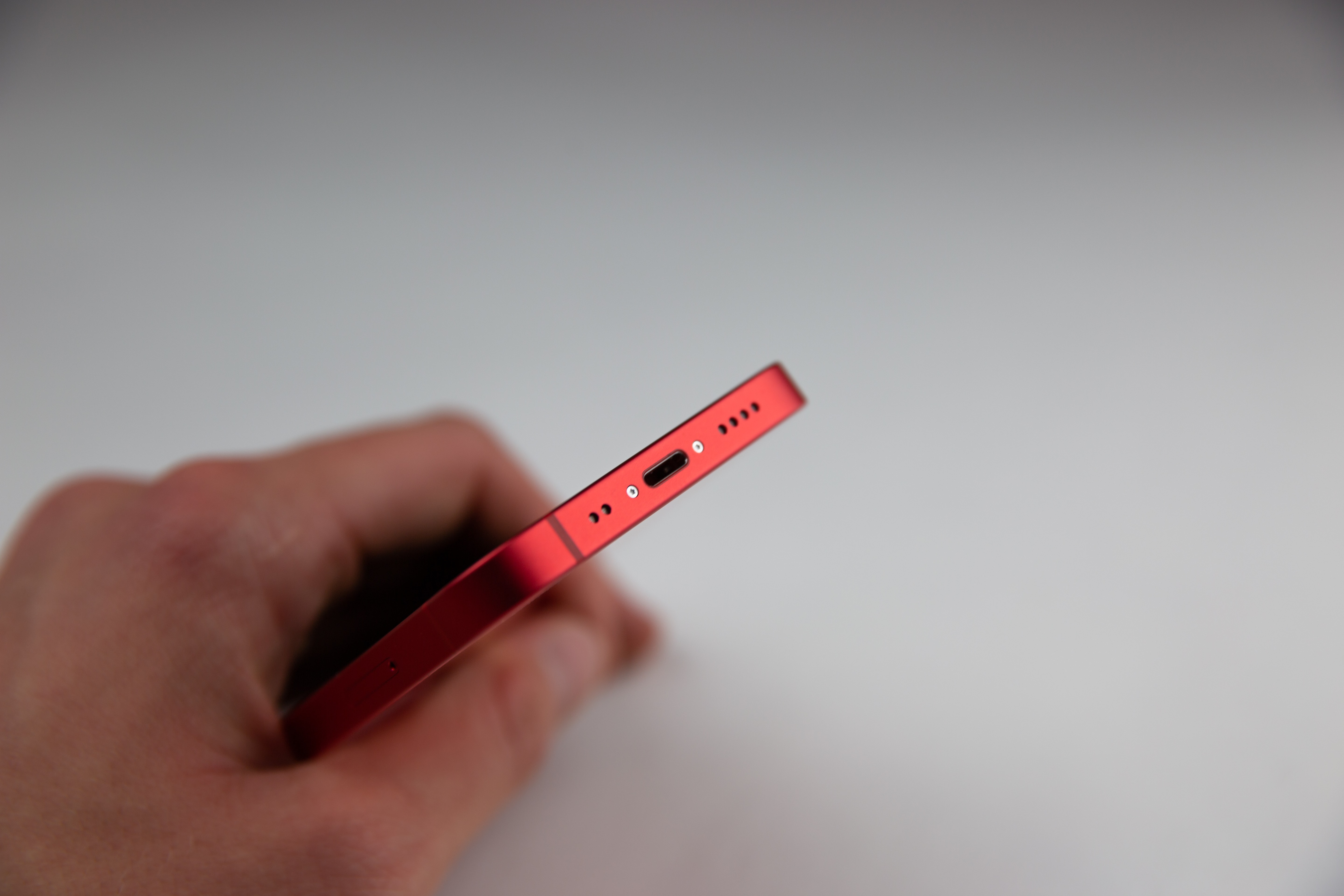
Photo: Lyle Kahney/Cult of Mac
Although it’s true that iPhone 12 mini packs everything you’ll find inside iPhone 12, there are some small differences you should be aware of. Obviously, the smaller model features a smaller screen and a smaller battery, and it doesn’t charge quite as quickly with MagSafe, either.
Unlike other iPhone 12 models, which can charge wirelessly at up to 15W, iPhone 12 mini maxes out at 12W. It’s not a big difference, and the mini has a smaller battery anyway, so I never noticed any lag in charging time. It’s certainly not a reason to consider spending more on iPhone 12.
You’ll get used to the smaller screen — that’s probably why you’re considering an iPhone 12 mini in the first place. But if you’ve used a larger iPhone recently, having to keep an eye on battery life and charge your phone more frequently might be a pain at first.
iPhone 12 mini can certainly make it through a full day on a single charge if you’re not a heavy user. But if you watch a lot of YouTube videos, spend hours on social media, and regularly play games, you will find it might die long before bedtime.
There’s also no LiDAR Sensor, which is also missing from the regular iPhone 12. It’s only included in the 12 Pro models. At the moment, the LiDar sensor isn’t much used. It’s helpful for autofocusing the camera in low-light, but practical applications like AR have yet to break into the mainstream. Time will tell if popular AR applications arrive this year of next, so the absence of LiDar in the mini isn’t a big deal for now.
iPhone 12 mini: The verdict
I love this little iPhone.
After years of using big iPhones, I thought it’d be like a toy phone, crippled and compromised. But Apple didn’t skimp where it counts. Everything you care about — the screen, the cameras, Face ID, 5G networking, MagSafe and so on — are all present and correct. The compromises are small and insignificant.
This is a great iPhone with a killer feature all the others in the lineup lack: a teeny, tiny footprint.
Some iPhone 12 mini sample photos
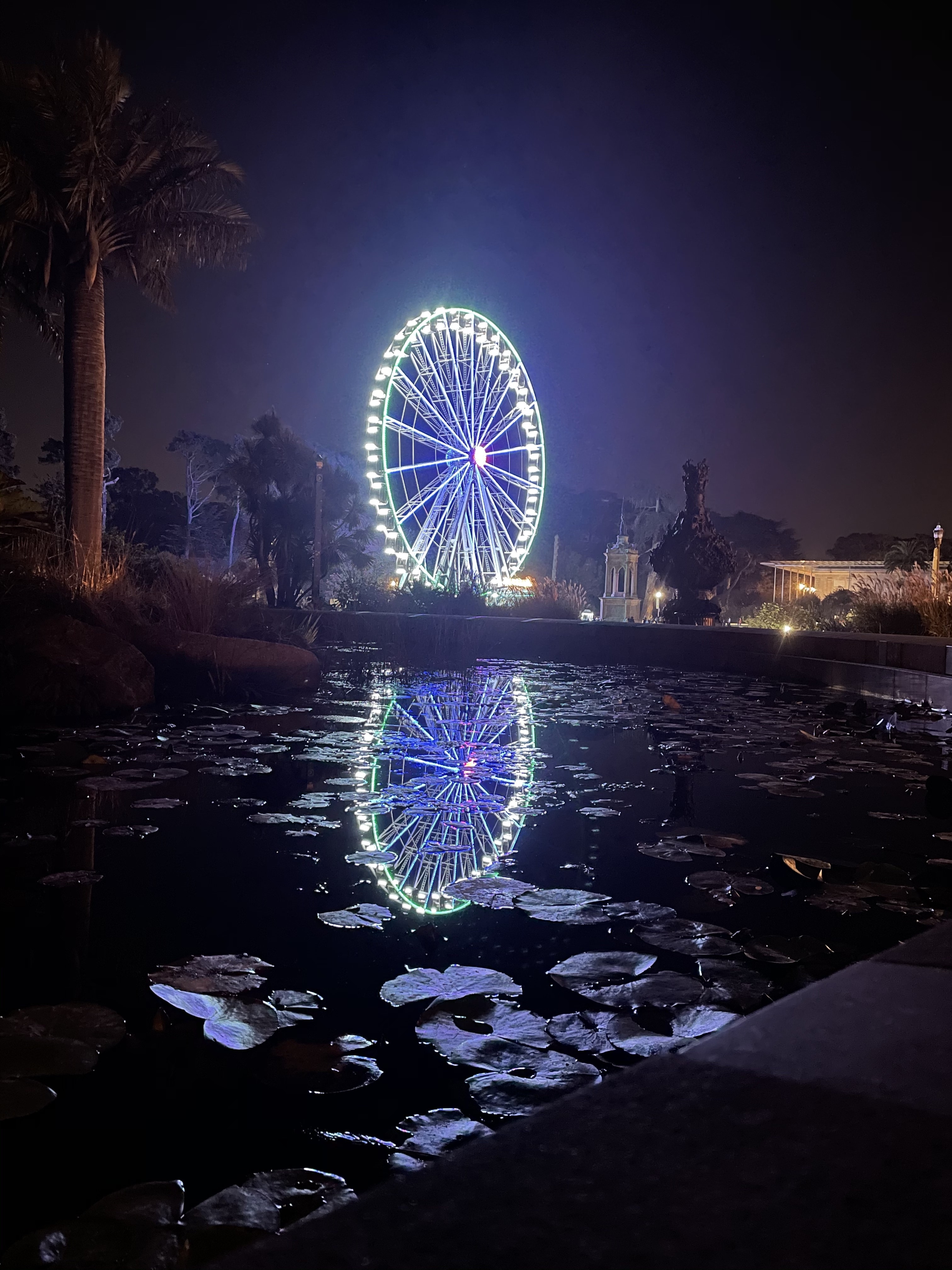
Photo: Leander Kahney/Cult of Mac

Photo: Leander Kahney/Cult of Mac

Photo: Leander Kahney/Cult of Mac

Photo: Leander Kahney/Cult of Mac

Photo: Leander Kahney/Cult of Mac

Photo: Leander Kahney/Cult of Mac

Photo: Leander Kahney/Cult of Mac

Photo: Leander Kahney/Cult of Mac

Photo: Leander Kahney/Cult of Mac

Photo: Leander Kahney/Cult of Mac
Killian Bell contributed to this review.
See our reviews policy, and check out more in-depth reviews of Apple-related items.
![IPhone 12 mini is the ultimate one-handed phone [Review] iPhone 12 mini](https://www.cultofmac.com/wp-content/uploads/2020/11/20201114-534A5322-1536x1019.jpg)

